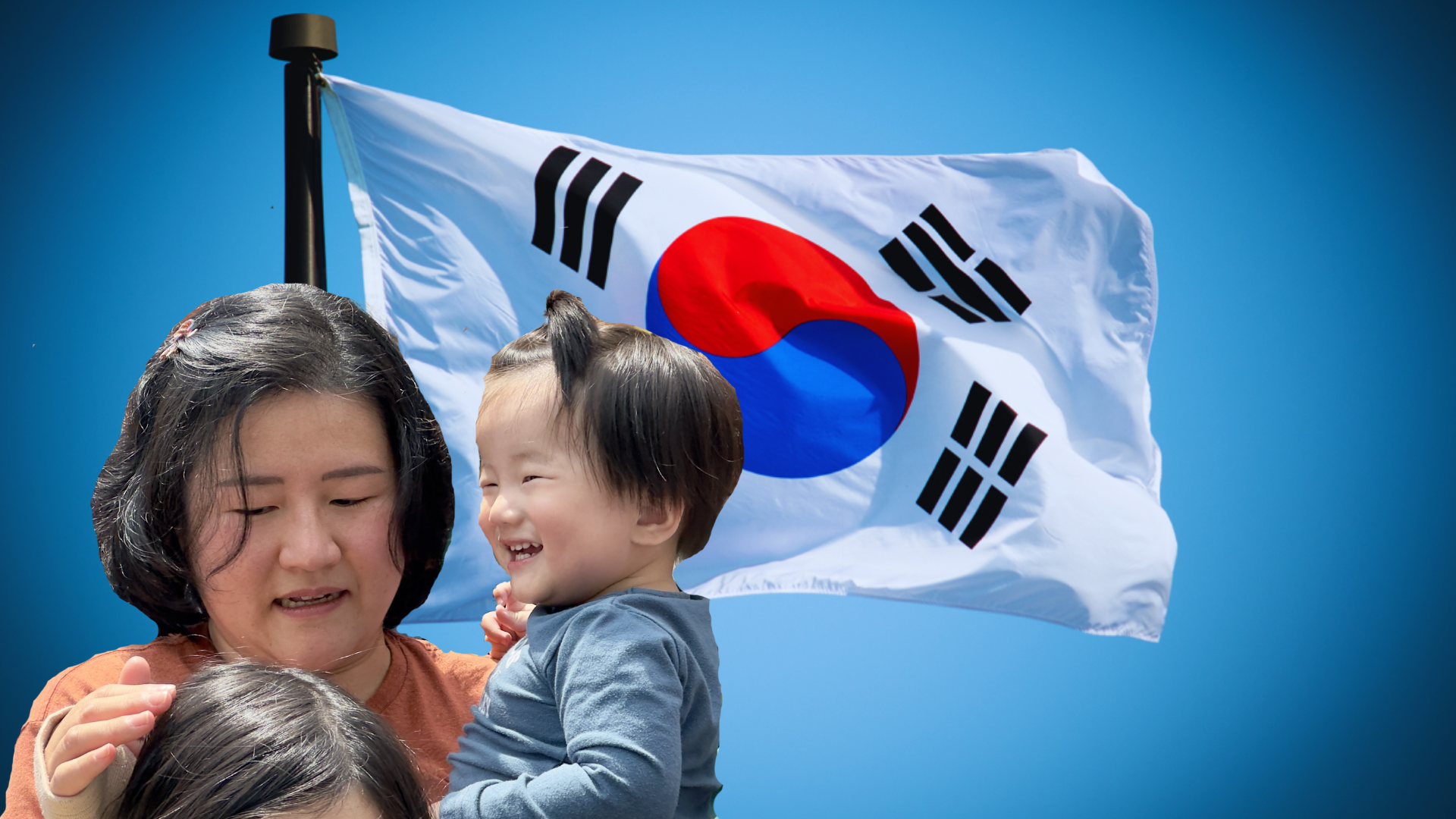









According to recent data released, Japan has seen a rapid decline in its population in all of its 47 prefectures for the first time in a record drop, while the number of foreign residents hit a new high, reaching 3 million people, highlighting the growing influence of non-Japanese citizens in the shrinking and aging country.
Experts proposed that Japan’s government really needs to put more effort into raising salaries, improving working conditions, and making society more inclusive for minorities and those with non-Japanese roots to attract foreign workers to move to Japan and stay there.
A key change in a nation recognized for its restrictive immigration policies as it battles a declining population was made last month when Kishida’s Cabinet accepted a proposal to broaden the range of job classifications that allow for foreign employees. This opens the door for potential permanent residency.
Japan’s aging population is already affecting every aspect of society. More than half of the population is designated as living in depopulated districts; schools are closing; and more than 1.2 million small businesses have owners aged about 70 with no successor.
The data revealed that deaths hit a high record of more than 1.56 million while there were just 771,000 births in Japan in 2022, the first time the number of newborns has fallen below 800,000 since records began.
A new agency called the Children and Families Agency has been set up by the government in April 2023 to bring all issues related to the birthrate under one entity. Even though the government has pledged to double spending on childcare and allowances to 4% of GDP, childcare and education subsidies implemented in the past have had little impact on the birthrate.
Although Nagi in Okayama prefecture, which served as something of a poster child for increasing the number of children born, has seen its birthrate slightly decline in recent years, it is almost certain that municipalities offering the best deals to new parents benefited from migration from other areas by those already planning to have families. Japan is by no means the only country that has fewer babies. The OECD group of wealthy countries has an average fertility rate of 1.66, which is considerably lower than the replacement rate of 2.1 needed to maintain population levels.
The Prime Minister of the Nation pledged to secure annual funding of about 3.5 trillion yen ($25.2 billion) over the following three years for a new child care package, which includes child birth and rearing allowances and increased subsidies for higher education. The country’s declining birth rates had been one of its top policy goals.









